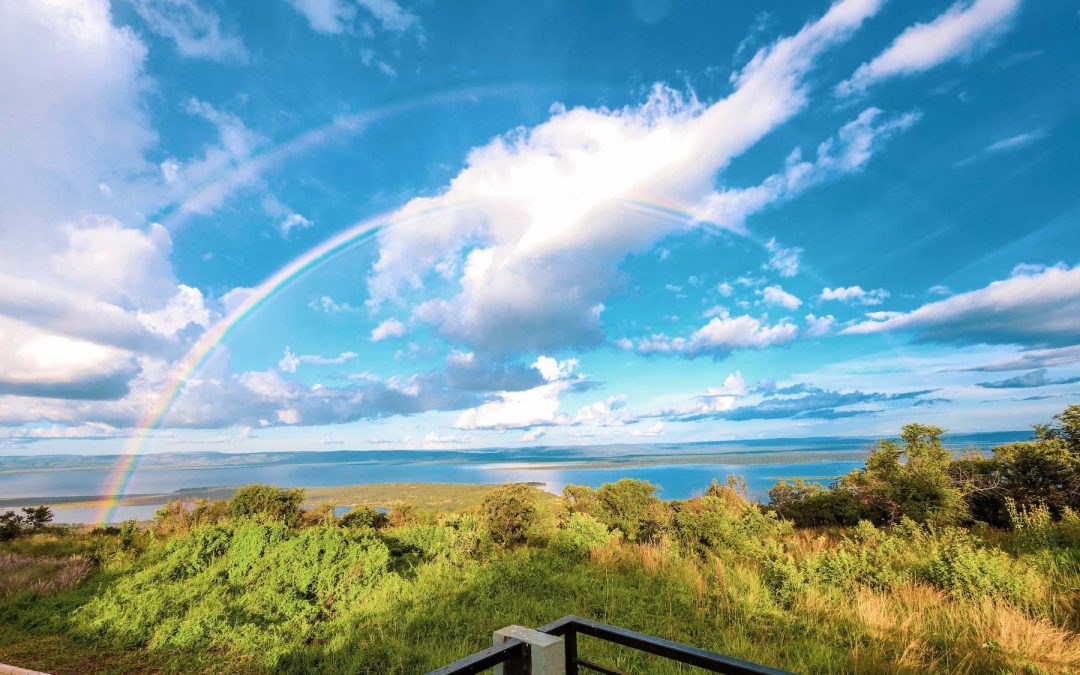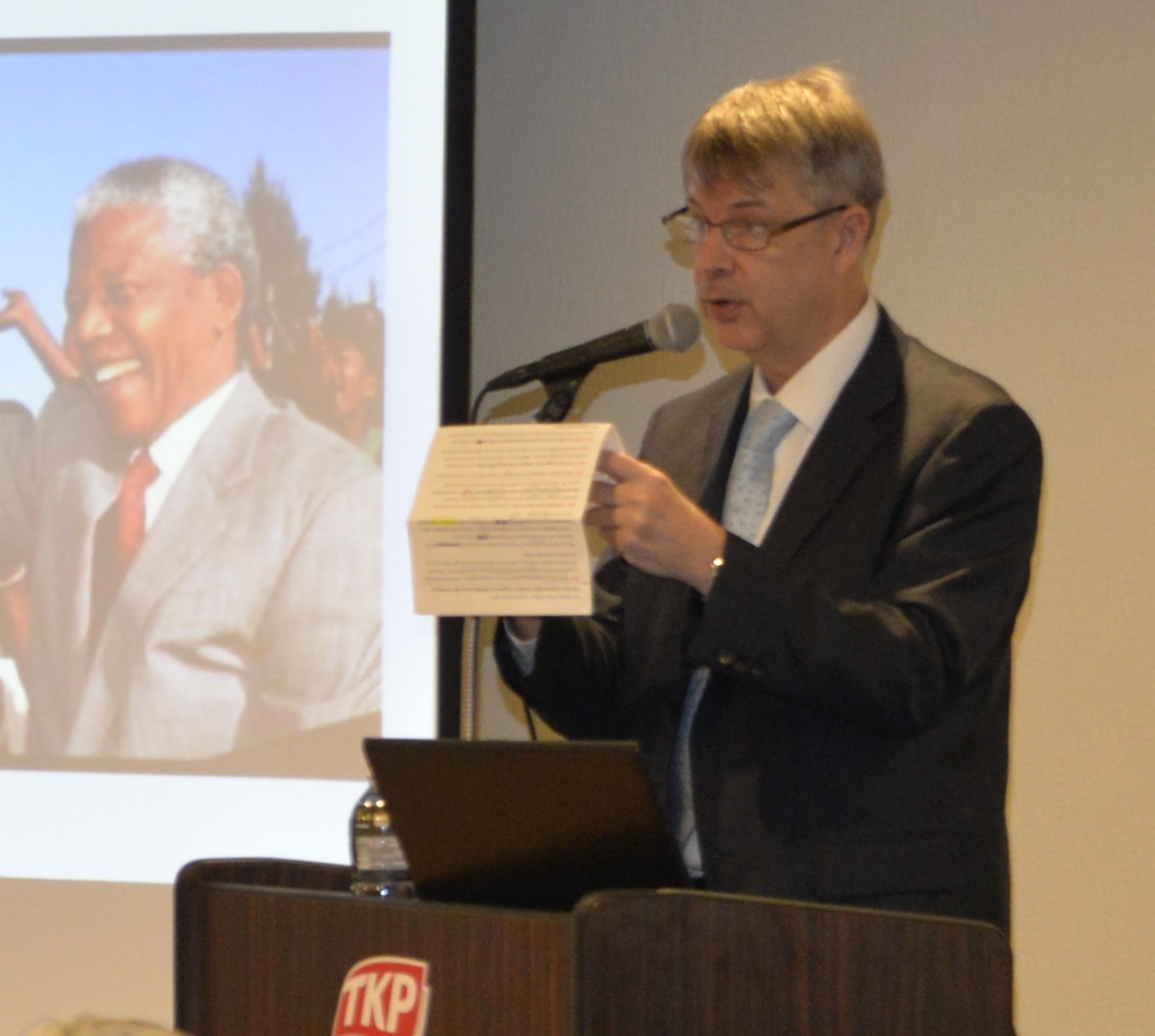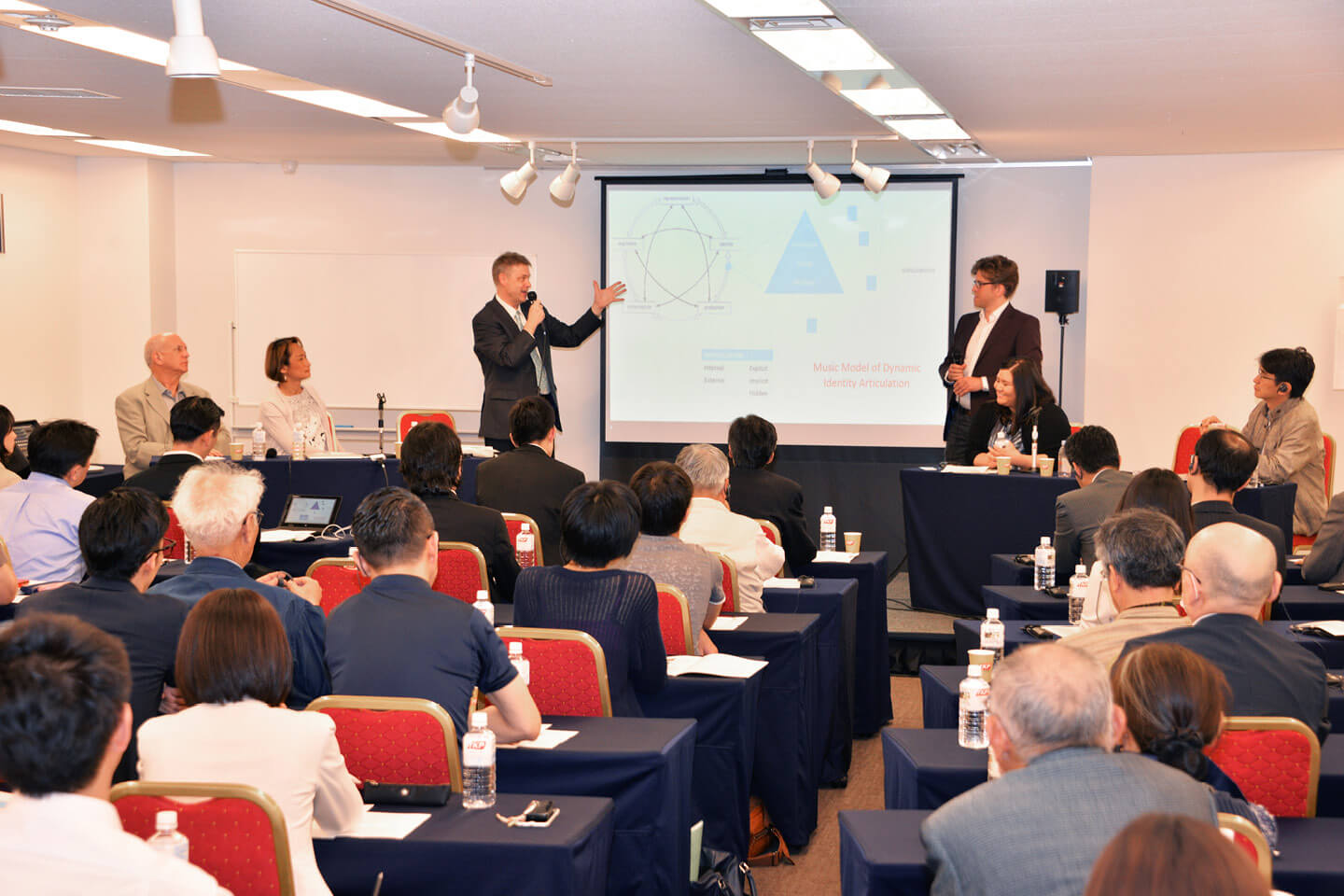Welcome to Min-On’s Music Journey! Today the Min-On Concert Association and the Embassy of the Republic of Rwanda in Japan welcome you to Rwanda.
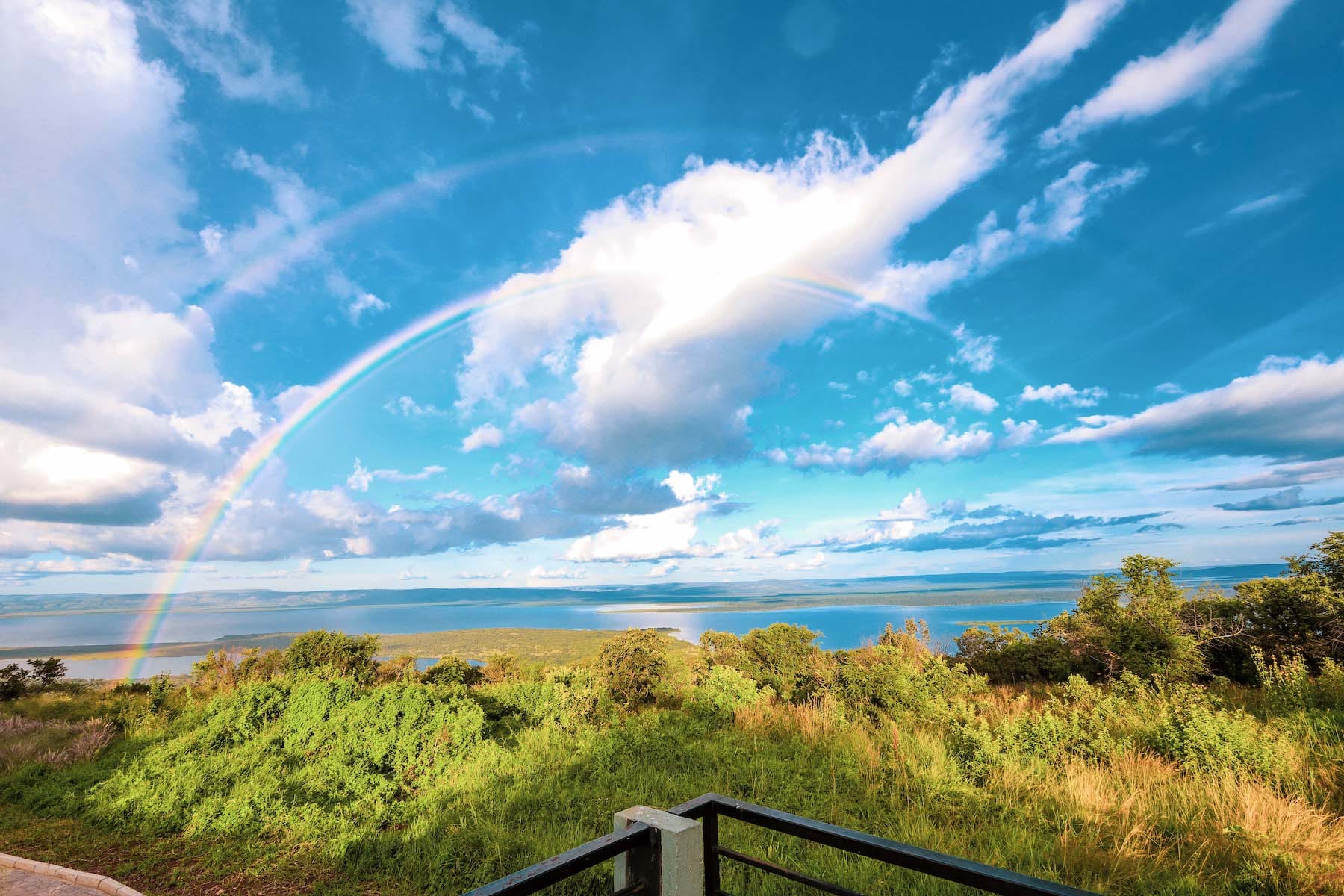

| Travel guide for Rwanda
● Visit Kigali Genocide Memorial to learn about the country’s history ● Meet gorillas in Musanze, Volcanoes National Park, to experience Rwanda’s beauty while learning about the community’s role in the country’s conservation efforts ● Journey to Akagera National Park, home of the Big 5, for a full safari experience ● Traverse Nyungwe National Park, one of oldest forest in Africa and experience East Africa’s longest zipline overlooking the canopy ● Explore Rwanda’s traditional arts, music, crafts, and more |
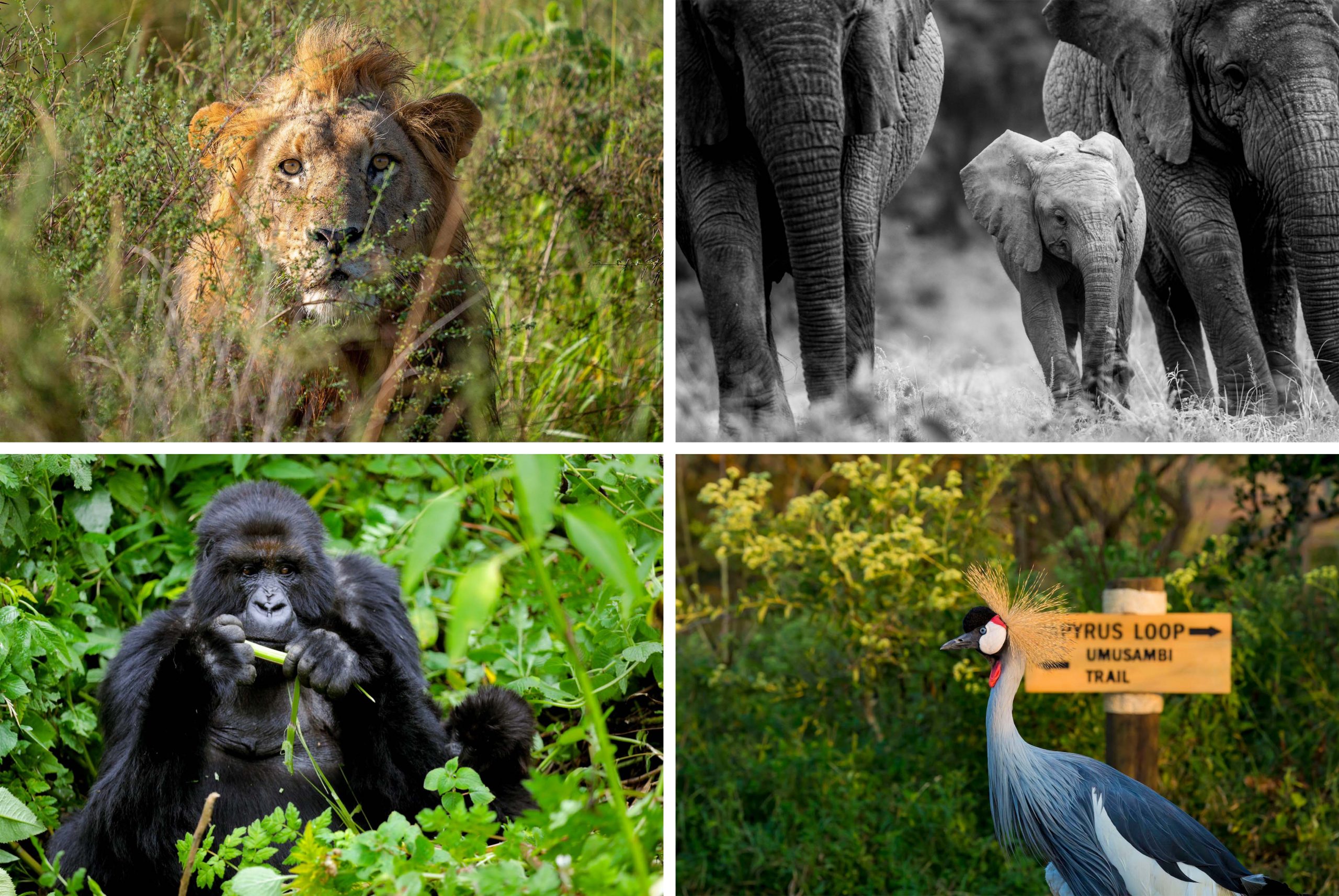
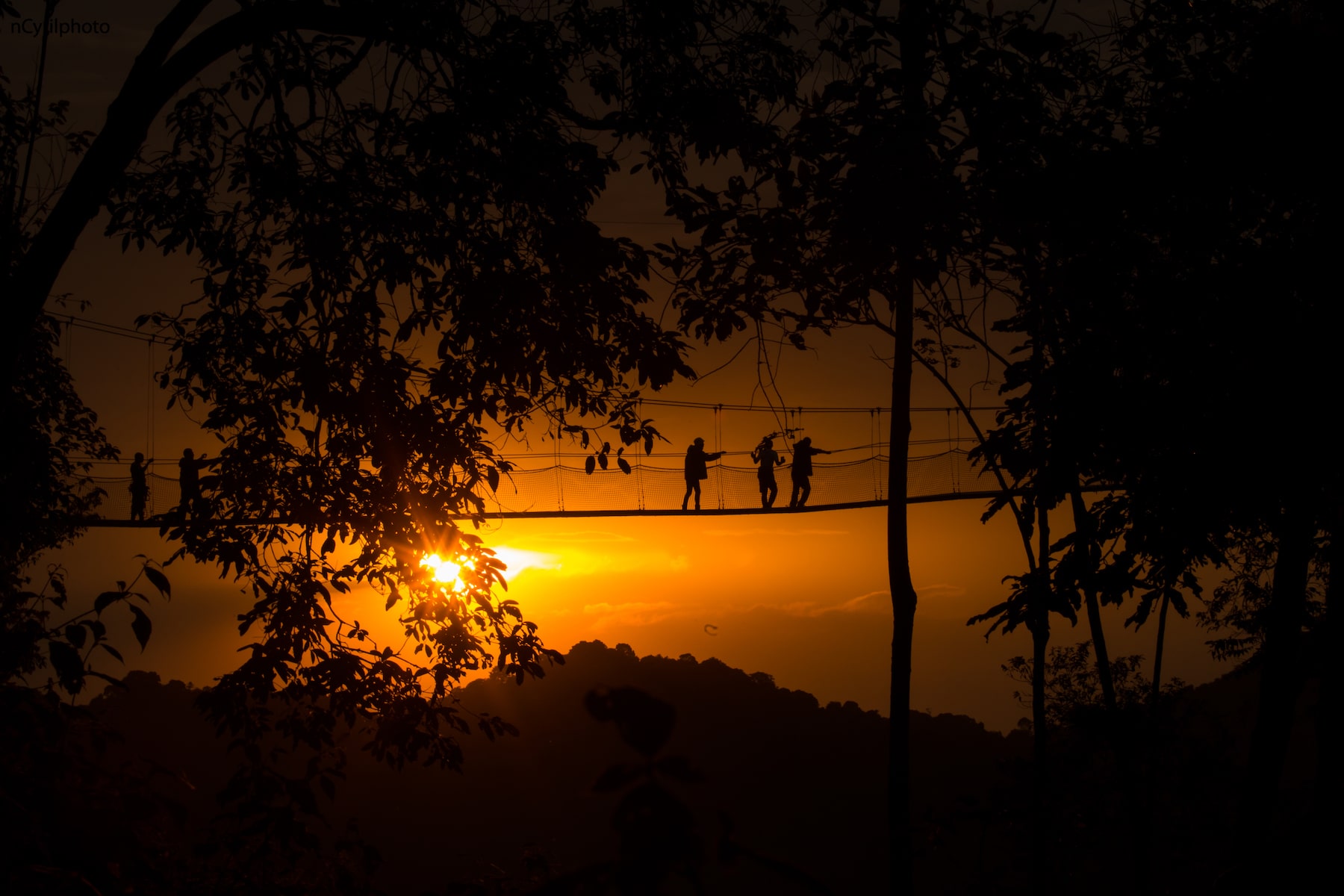
Rwanda’s history
For centuries, Rwanda existed as a centralized monarchy under a succession of kings from one clan, who ruled through cattle chiefs, land chiefs and military chiefs. The king was supreme but the rest of the population, Hutu, Tutsi and Twa, lived in symbiotic harmony. In 1899, Rwanda became a German colony and, in 1919, the system of indirect rule continued with Rwanda as a mandate territory of the League of Nations, under Belgium.
Under Belgian rule and starting from 1959, Tutsi were targeted, causing thousands of deaths and sending many of them into exile. The First Republic, under President Gregoire Kayibanda, and the second, under President Juvenal Habyarimana, institutionalized discrimination against Tutsi creating an apartheid-like system. This protracted bad leadership, marked by division and institutionalized hatred, led to the 1994 Genocide against the Tutsi.
Genocide against the Tutsi
Over one million Rwandans were brutally killed in 100 days during the 1994 Genocide against the Tutsi. The worst Genocide of the 20th century was prepared and implemented by the genocidal regime which trained Interahamwe militia and extremist Hutus to kill Tutsi and Hutu opposed to the killing using machetes, clubs, spears and other traditional weapons, with the full support of government security forces. Some of the victims were abandoned in the hands of the killers by the United Nations Peacekeeping forces, demonstrating a failure of the International community despite the “Never Again” pledge (Convention on the Prevention and Punishment of the Crime of Genocide) adopted in 1948.
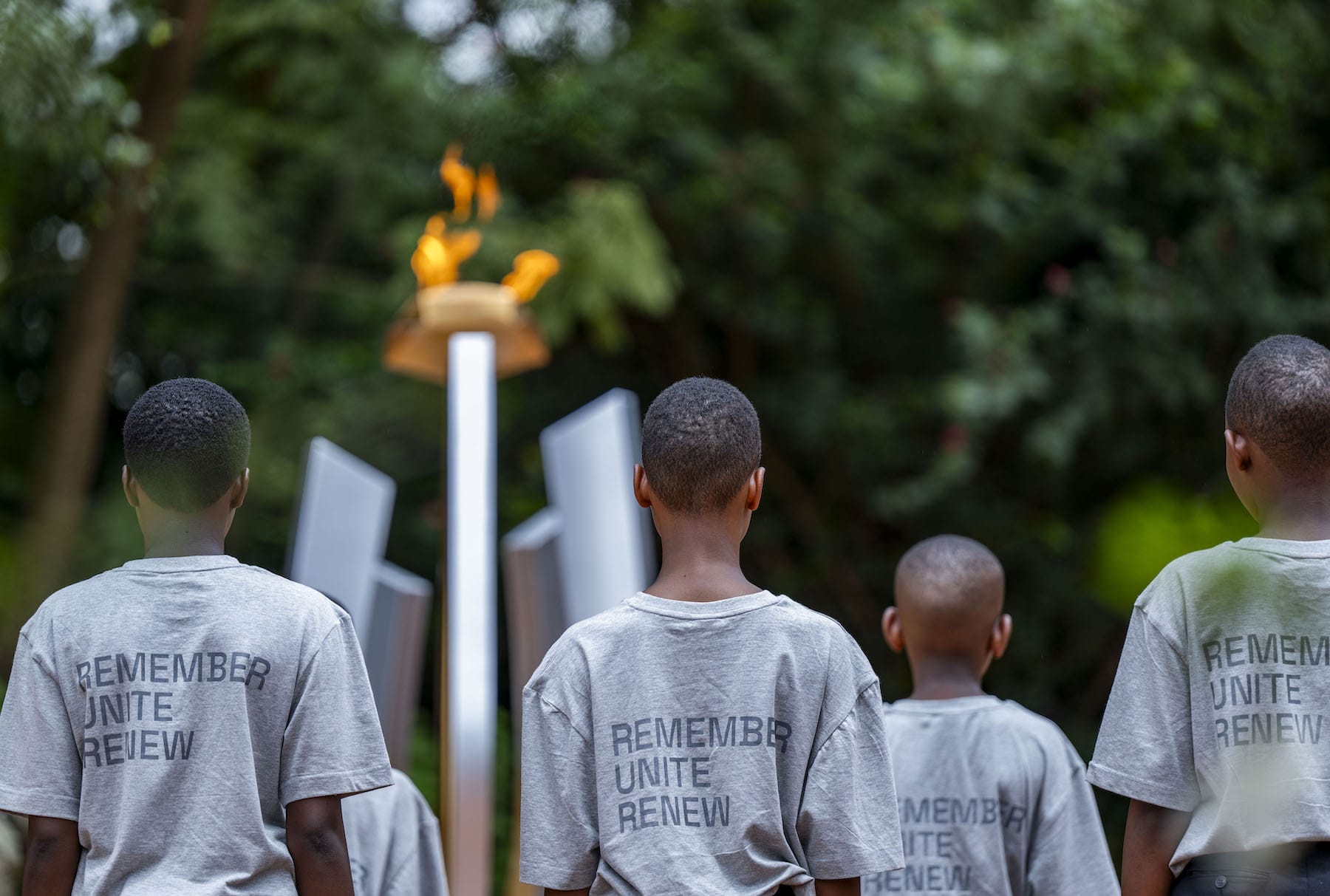
Rwandans commemorate the 1994 Genocide against the Tutsi on 7 April, which was also adopted by the United Nations as the International Day of Reflection on the Genocide against the Tutsi. The commemoration (also known in Kinyarwanda as Kwibuka) provides an important opportunity to remember the victims of the genocide, preserve its evidence and educate about its history as well as the lessons that Rwanda has learned.
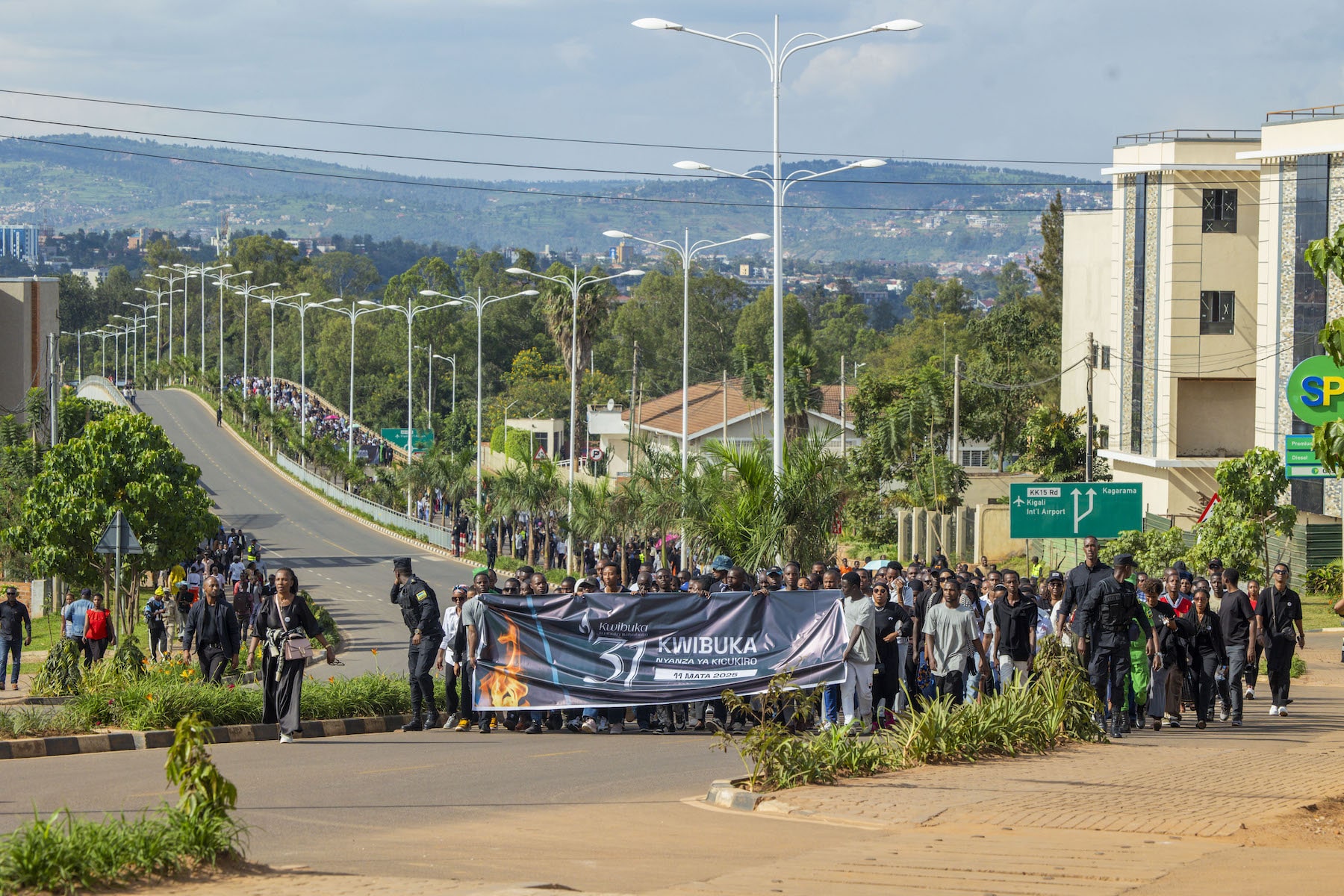
In Rwanda, commemoration activities run until 4 July when the Rwanda Patriotic Army stopped the genocide and liberated the country, which will also be Rwanda’s National Day at Expo 2025 Osaka, Kansai, Japan.

People and culture
With an estimated total population of 13 million people, Rwanda is a relatively young country. 50 percent of the Rwandan population is under 20 years old, with the median age standing at 22.7 years old.
Rwandans share cultural values notably unity, patriotism, social cohesion, resilience, hard work among others, with Kinyarwanda being the common language, spoken in all parts of the country. Other official languages are English, French and Kiswahili.

The country’s rich culture has become as a source of inspiration to craft some unconventional, home grown solutions to address the challenges and the consequences of the 1994 Genocide against the Tutsi. These include among others, Umuganda (Community work), Imihigo (Performance contracts for civil servants), Gacaca [traditional] courts, Abunzi (those who reconcile).

Music and dance make an integral part of Rwandan ceremonies, with Umushayayo and Intore dancers having won the hearts of cultural performance lovers.

Rwandan art crafts display a high level of skills and creativity in the country of thousand hills, with Agaseke or handwoven baskets having won international acclaim.
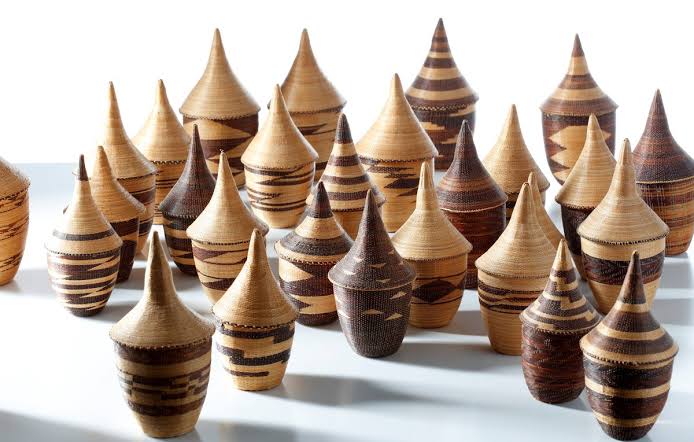
The Imigongo pattern and Rwanda’s growing fashion industry have also become iconic of the Made in Rwanda Brand.
Rwandan culture
Visitors to Rwanda will definitely want to experience its unique culture, including examples below.
Imigongo: Rwanda’s unique art form
Imigongo is a traditional art form crafted entirely from natural materials and characterized by beautiful geometric patterns. A sketched design is drawn on a wooden board, and then traced using a paste made from cow dung and ash to create intricate patterns.
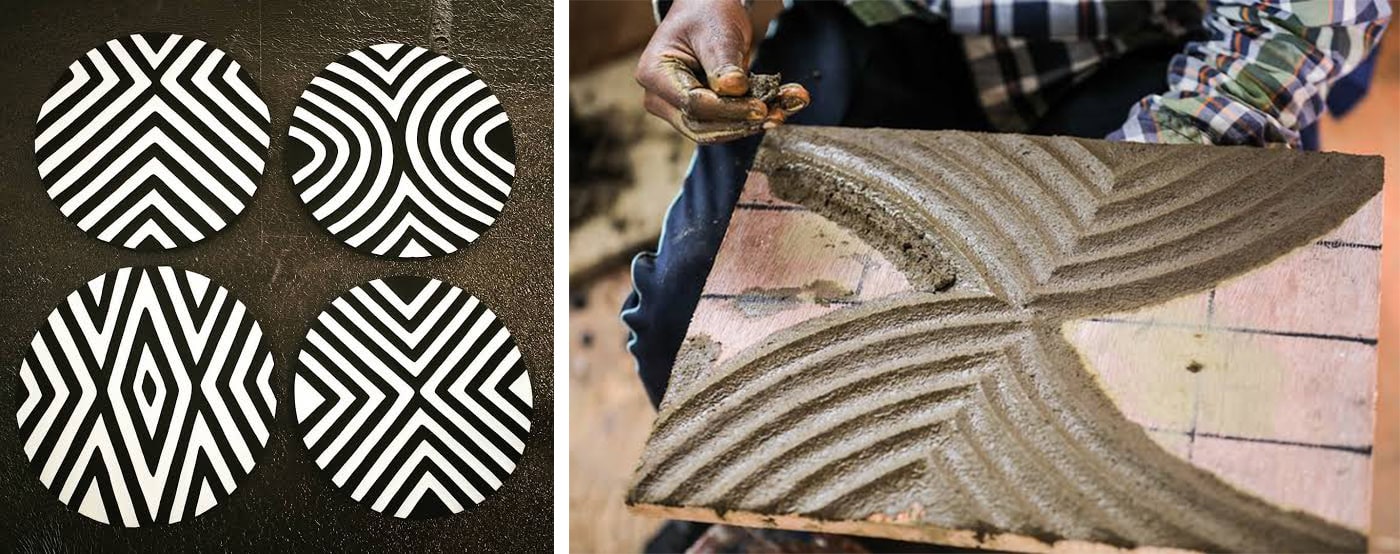
These striking designs made from natural materials transform any wall into a work of art, and can be found decorating luxury hotels around the world.
Rwanda’s traditional attire
The umushanana is a traditional outfit worn by women in Rwanda. It consists of a long skirt gathered at the hips, a bustier and a stole draped over one shoulder, and the colorful fabrics and elegant styling create a stunning, beautiful look.
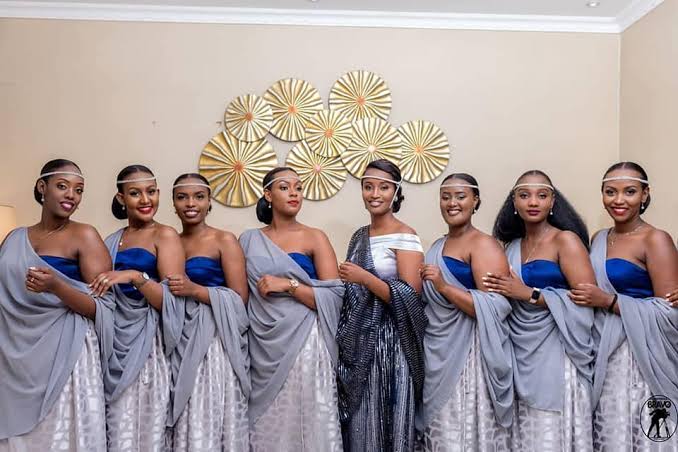
Rwanda is also known as a hub for fashion. Various events bring together talented designers from Rwanda and abroad to showcase Rwanda’s thriving fashion scene.
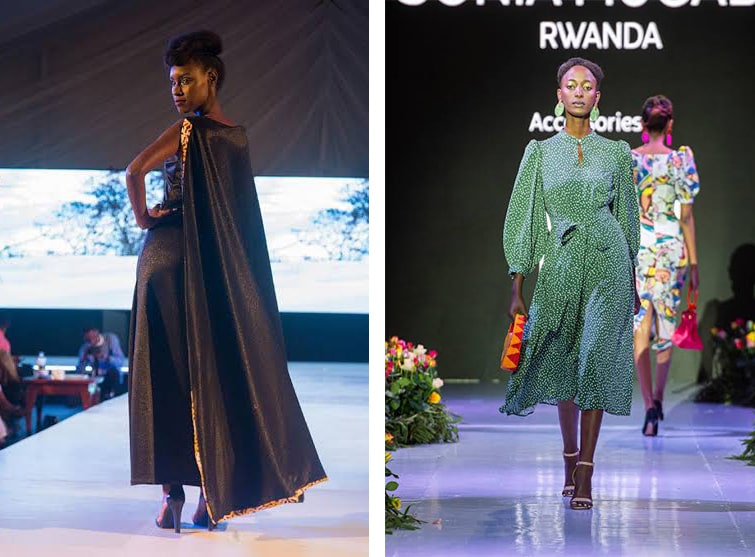
Rwandan music
| Editorial pick: “Turi Hano” by Christianne Boukuru
With a soft yet powerful voice, Boukuru has captured the hearts of Rwandans and friends of Rwanda. She represents the younger generation and the future of Rwanda. The song is about her generation, young Rwandans, who are building the country, adding their brick to what has been built by the previous generation. |
Traditional Rwandan music and dance are characterized by their use of 5/8 rhythm. Singing and dancing are integral aspects of nearly all events in Rwanda, ranging from family celebrations like weddings to formal occasions such as political gatherings and welcoming ceremonies for distinguished guests.
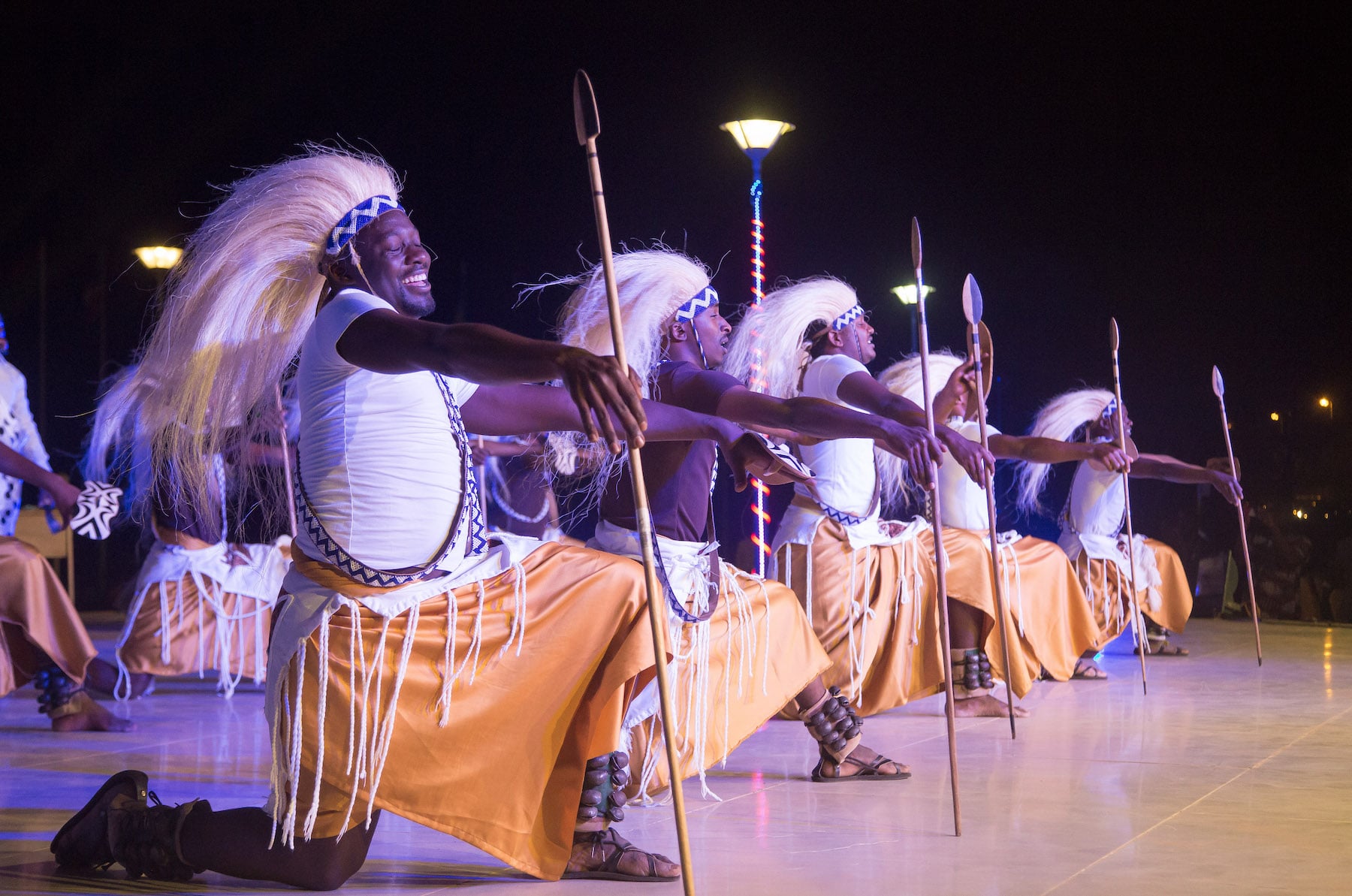
In particular, the traditional Rwandan dance known as Intore, which was included on the Representative List of the Intangible Cultural Heritage of Humanity by UNESCO in 2024, is distinguished by its dynamic, energetic movement.
Rwanda is also home to many different traditional instruments. The ngoma (a double-headed drum made from a hollowed log covered with zebra skin) and the inanga (a stringed instrument plucked with both hands) are among the most important instruments used in Rwandan music and dance. Both instruments are also on display at the Min-on Music Museum.
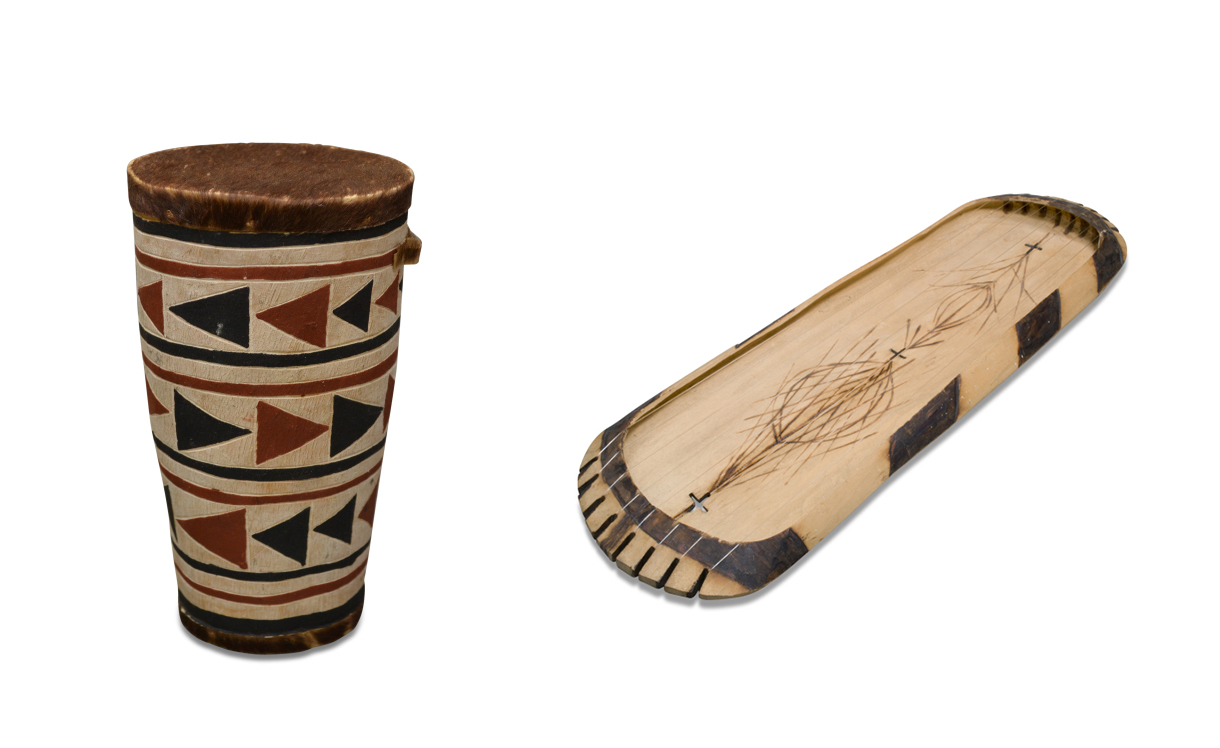
The ngoma (left) and inanga (right) are both popular traditional Rwandan instruments.

Below, watch performances by Vincent Nsengiyumva and the Komezinaganzo, a group of artists dedicated to preserving the traditional music of Rwanda, which feature performances on the inanga.
Finally, we invite you to enjoy some performances by musicians recommended by the Embassy of the Republic of Rwanda in Japan.
- “Uzaze urebe” – Massamba Intore
- “Uwangabiye” – Lionel Sentore
- “Warakoze” – Jules Sentore
What did you think of your music journey to Rwanda? There are still many more places to go! Please look forward to our next destination.
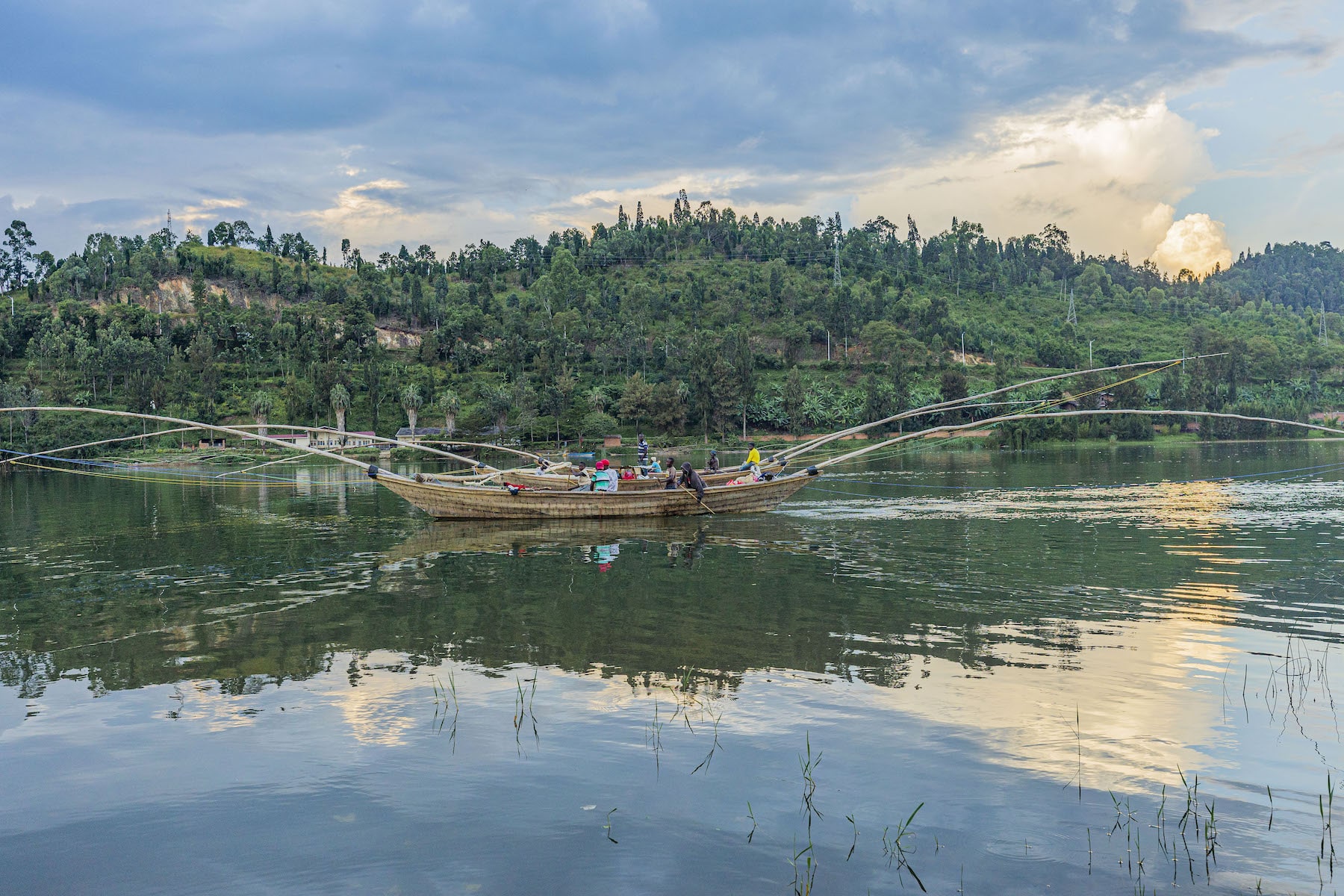
(Produced in collaboration with the Embassy of the Republic of Rwanda in Japan, who also provided photos.)
Min-On Concert Association
-Music Binds Our Hearts-


